KEEP UP WITH OUR DAILY AND WEEKLY NEWSLETTERS
happening this week! pedrali returns to orgatec 2024 in cologne, presenting versatile and flexible furnishing solutions designed for modern workplaces.
PRODUCT LIBRARY
beneath a thatched roof and durable chonta wood, al borde’s 'yuyarina pacha library' brings a new community space to ecuador's amazon.
from temples to housing complexes, the photography series documents some of italy’s most remarkable and daring concrete modernist constructions.
to top off the recreated design, the studio includes a mcfly punk hoverboard and cap alongside a PEPSI bottle for their custom model.
these twisted sculptures now join the artist’s earlier tangled post box installed on cheese lane, which marks its re-opening as a public right of way after a 50-year closure.
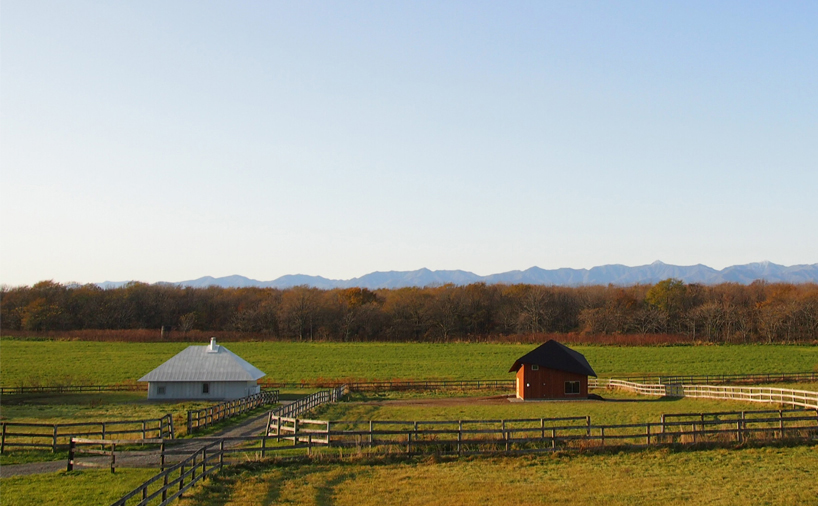
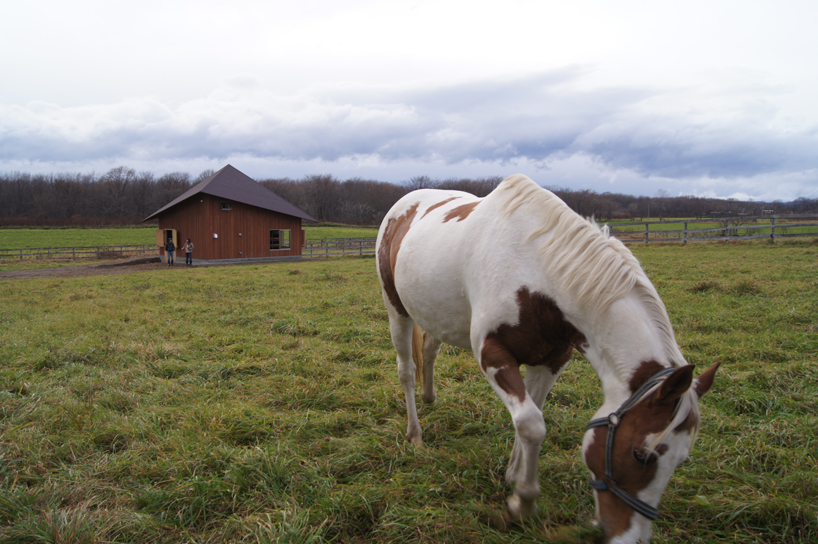 one of the permanent residents
one of the permanent residents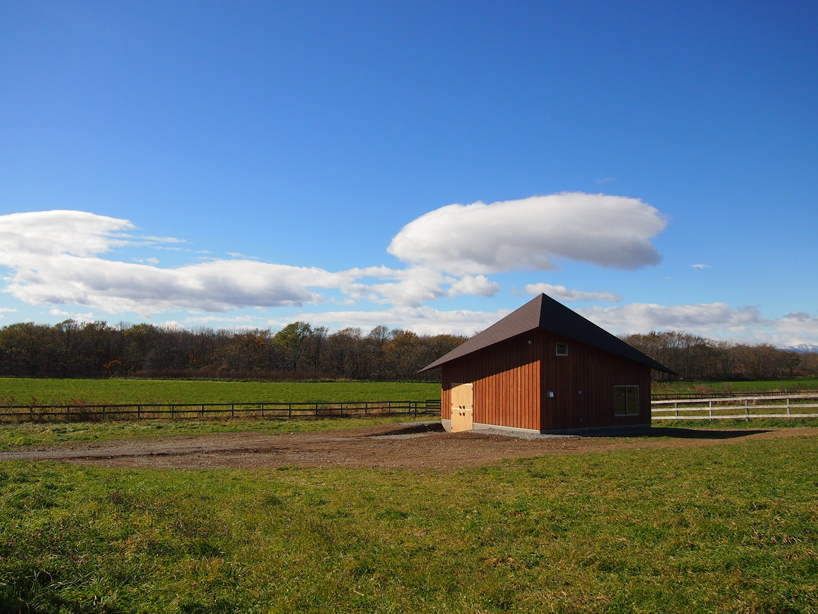 the barn house in its pristine landscape
the barn house in its pristine landscape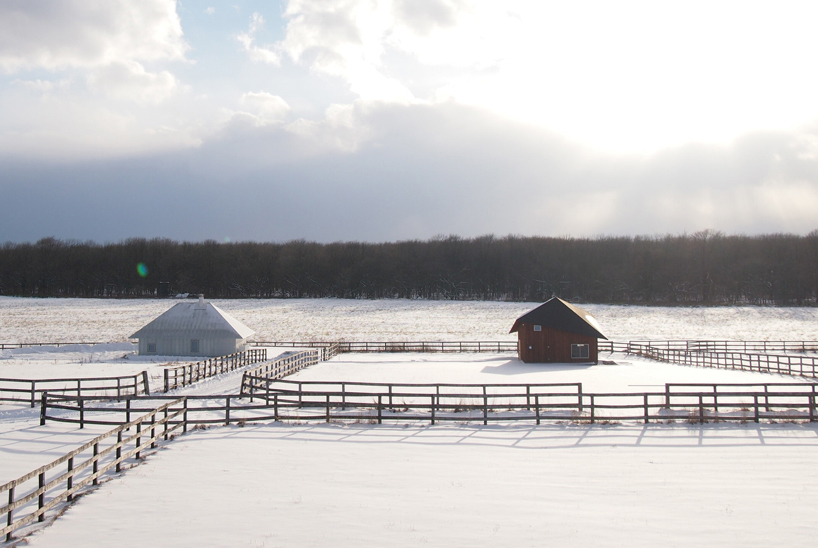 the first winter snow
the first winter snow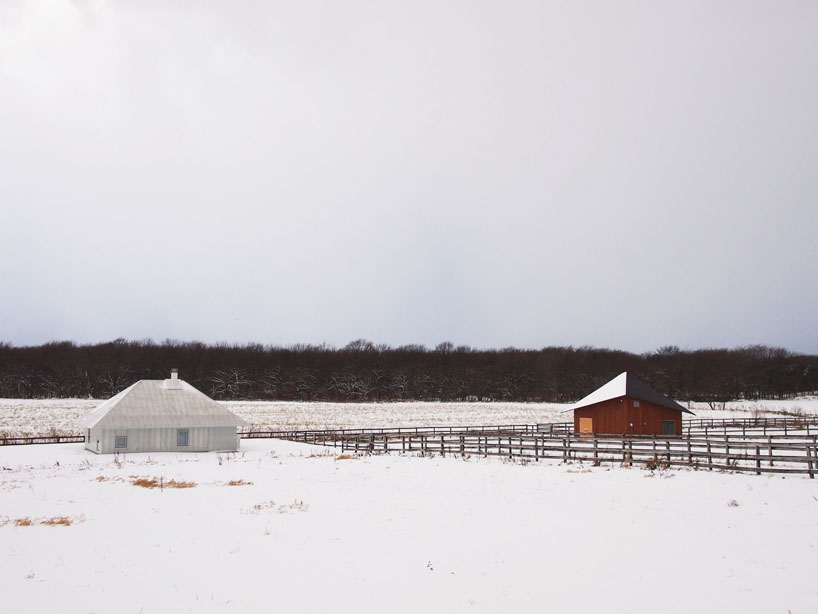 relationship to kengo kuma’s building
relationship to kengo kuma’s building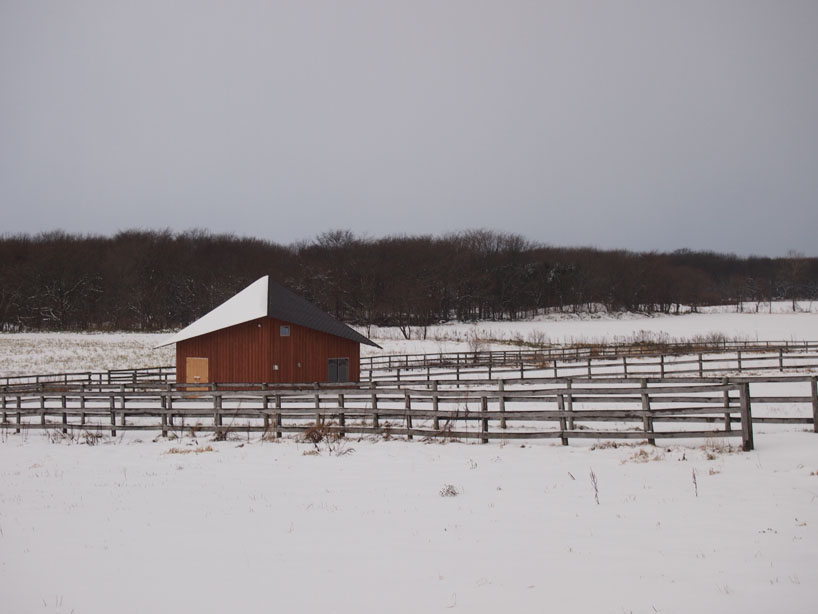 during the first snow, winter 2012/13
during the first snow, winter 2012/13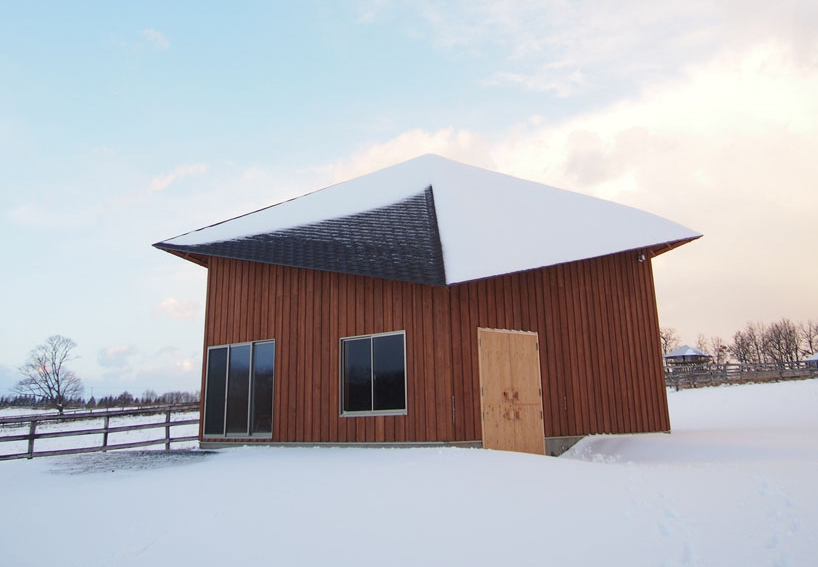 entry in the snow
entry in the snow (left) living room for researchers(right) tatami room
(left) living room for researchers(right) tatami room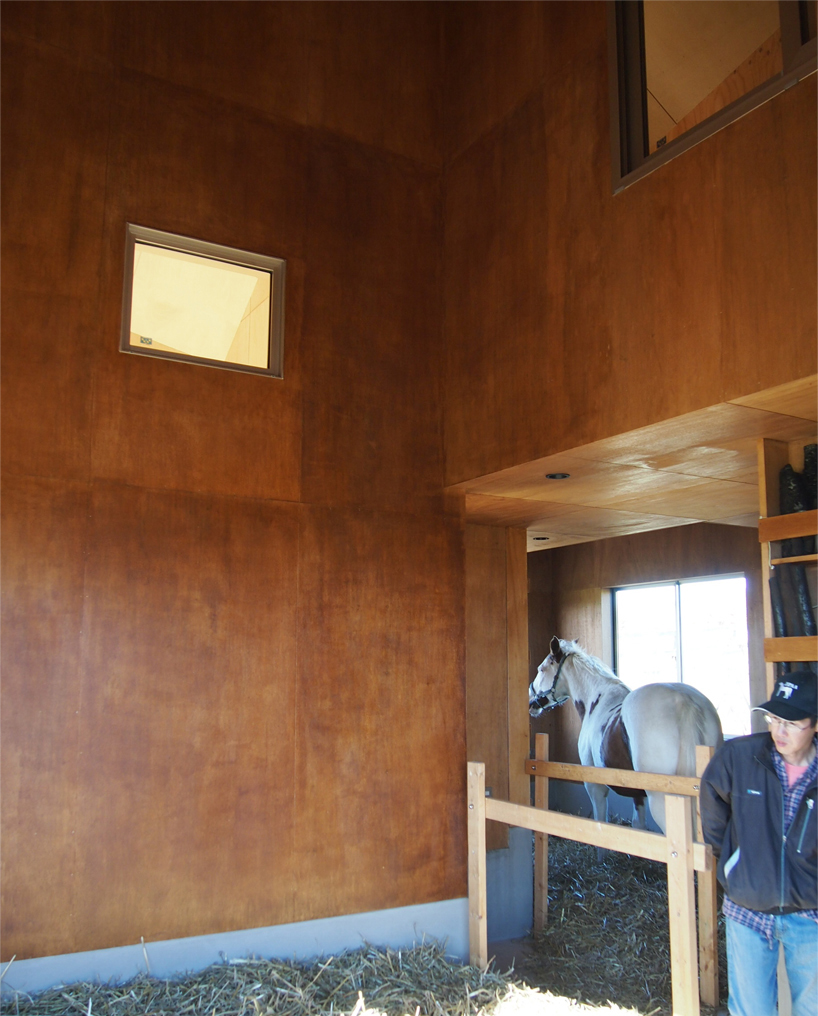 the space for horses
the space for horses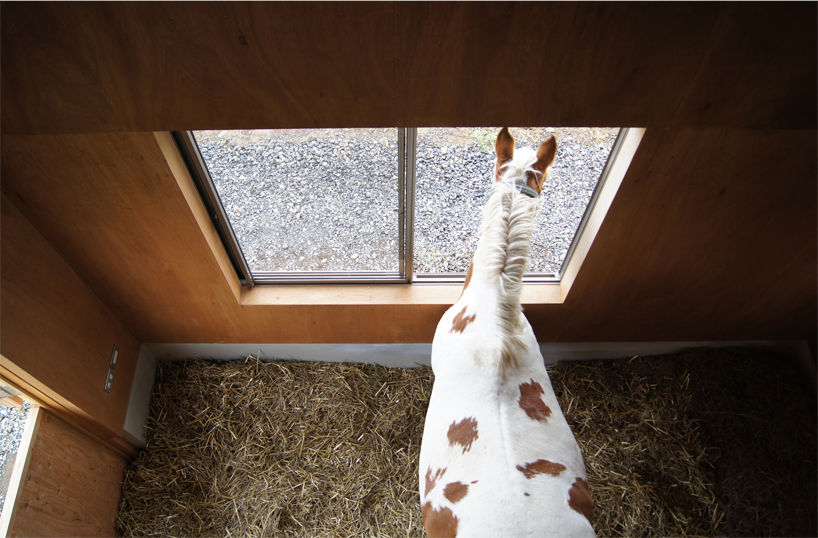
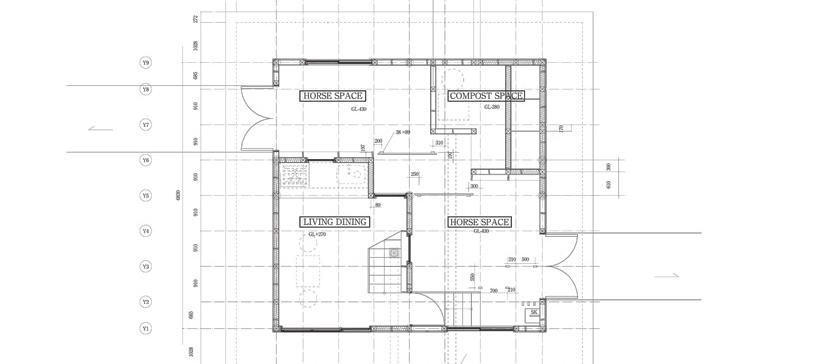 floor plan / level 0
floor plan / level 0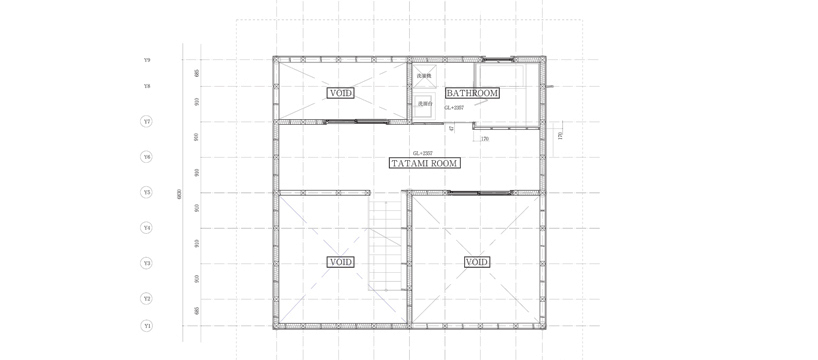 floor plan / level 1
floor plan / level 1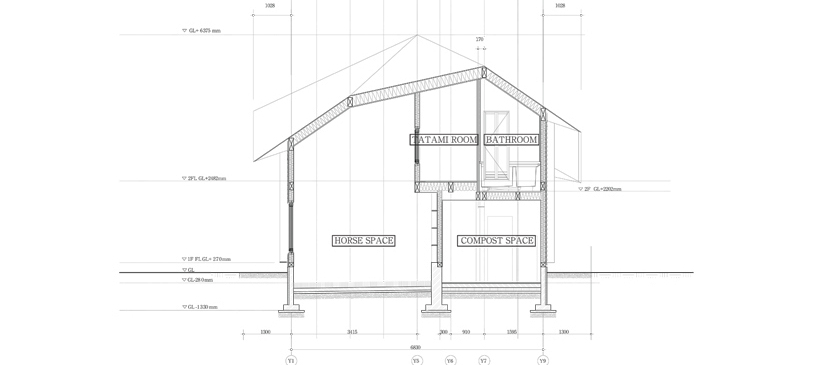 section
section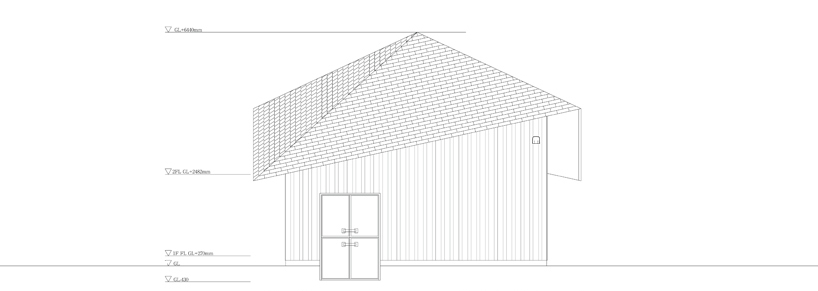 elevation
elevation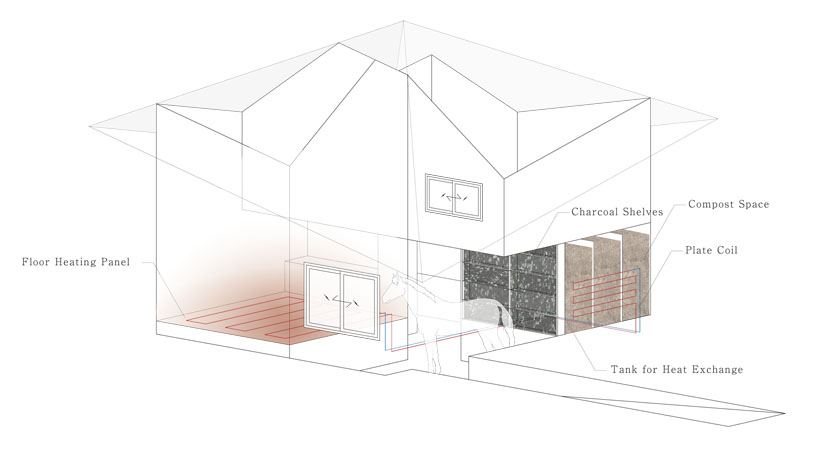 axonometric diagram
axonometric diagram




